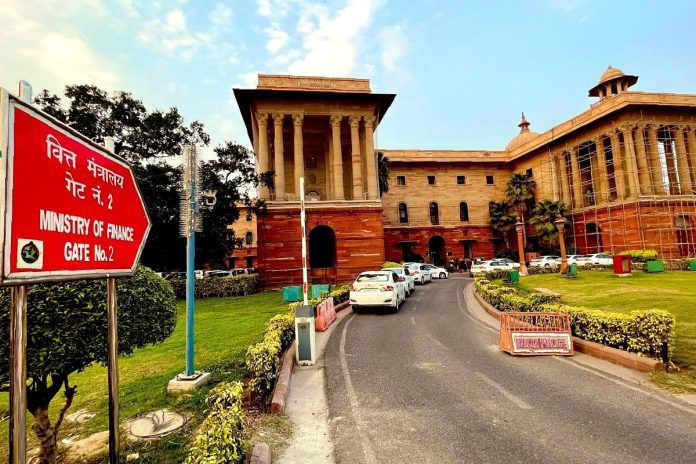The main objective of this initiative is to improve funding in sectors such as urban infrastructure, railways, and roads, where private participation is currently minimal or unsatisfactory.
In the current financial year, the finance ministry plans to introduce a new architecture for public-private partnerships (PPP) and a standard model concession agreement (MCA) framework for various infrastructure sectors.
The finance ministry has urged infrastructure departments to identify projects that can be executed in partnership with the private sector, according to Economic Times report.
The main objective of this initiative is to improve funding in sectors such as urban infrastructure, railways, and roads, where private participation is currently minimal or unsatisfactory.
By attracting more private capital, the government hopes to accelerate the development of these sectors and overcome the challenges of project delays.
In the current financial year, the finance ministry plans to introduce a new architecture for public-private partnerships (PPP) and a standard model concession agreement (MCA) framework for various infrastructure sectors.
According to the ET report, while the government has walked the extra mile to boost capital spending in recent years, it is also desirable to increase the participation of private players, as the funding requirements in infrastructure remain large.
The planned MCA framework will serve as a standard reference document for infrastructure departments and state-run entities. It will provide flexibility for them to include clauses specific to their sectors.
At a time when private investments are starting to increase, industry executives anticipate a widespread resurgence in 2023-24.
In addition, the government is urging central public sector enterprises (CPSEs) to increase capital expenditure without delay. In April 2020, a government task force projected capital investments of Rs 111 lakh crore until 2024-25 for the National Infrastructure Pipeline (NIP).
The implementation of the NIP was expected to be shared almost equally between the Centre (39 per cent) and the states (40 per cent), with the private sector accounting for 21 per cent.
However, the pandemic caused a delay in private investments as companies postponed their expansion plans.
Due to the need to support economic growth, the government was compelled to significantly increase its capital spending, relying on the high multiplier effect.
In the fiscal year 2022-23, the Centre’s budgetary capital spending experienced a more than twofold increase, reaching Rs 7.28 lakh crore, compared to the pre-Covid-19 levels of 2019-20.
For FY 2023-24, the capex outlay has been raised by 37.4 per cent, reaching a record Rs 10 lakh crore.
Simultaneously, the Centre has encouraged various infrastructure departments to ensure timely spending, resulting in a significant portion of the full-year allocation being utilised in the first half of the year.
Out of this, Roads and railways, which have been allocated half of the total budgetary capex outlay for this fiscal, led the spending in the first quarter as well. As much as 38 per cent of this fiscal’s allocation for roads and 33 per cent for railways were utilised in the first quarter.


